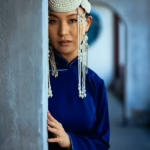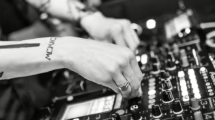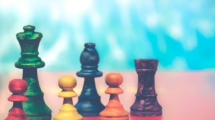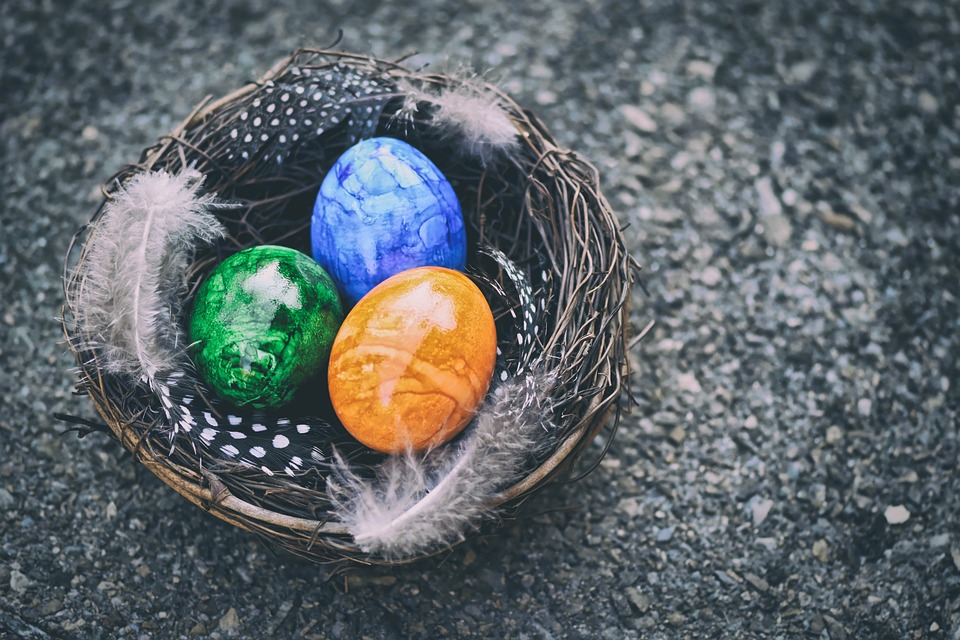The History of Easter: From Pagan Roots to Christian Celebrations
Easter, a festival celebrated by millions around the world, has deep historical roots that intertwine pagan customs with Christian beliefs. This rich tapestry of traditions reflects humanity’s evolving relationship with religion, nature, and community.
Pagan Origins
Long before the birth of Christianity, various cultures observed spring festivals celebrating fertility, renewal, and the awakening of nature. One of the most notable was the festival of Eostre, named after the Anglo-Saxon goddess of spring and fertility. Eostre was symbolized by the hare, an emblem of fertility, and eggs, which represented new life. The arrival of spring brought joy, as it heralded the end of winter and the promise of bountiful harvests.
Similarly, ancient cultures, including the Egyptians and Romans, held springtime celebrations, often honoring deities associated with rebirth and renewal. The timing of these festivities typically coincided with the spring equinox, marking a period when day and night are of equal length—a time of balance and harmony in nature.
Christianity Takes Root
With the spread of Christianity throughout Europe beginning in the 1st century AD, early Christian leaders sought methods to integrate existing pagan traditions into the new faith, making conversion more appealing. The celebration of Easter emerged as a pivotal religious observance, commemorating the resurrection of Jesus Christ.
The Council of Nicaea in 325 AD established Easter’s date, aligning it with the first Sunday after the first full moon following the vernal equinox. This timing not only honored the resurrection but also preserved the shared cultural significance of springtime festivals. Consequently, many Easter traditions—like the egg and the hare—found new meaning within the Christian context.
Symbolism of the Egg
The egg has become one of the most enduring symbols of Easter. In Christian beliefs, it represents the resurrection and new life. Early Christians in Mesopotamia were known to dye eggs red to symbolize the blood of Christ. This practice spread throughout Europe, leading to various egg-decorating customs and the eventual introduction of the chocolate egg and egg hunts in modern times.
Easter Traditions Across Cultures
As Christianity spread, Easter customs diversified based on local traditions. In Eastern Orthodox Christianity, for instance, the week leading up to Easter is known as Holy Week, with special services commemorating Jesus’s journey to the crucifixion. The midnight service on Easter Eve culminates in the joyous proclamation of the Resurrection.
In Western cultures, many modern practices, such as the Easter Bunny and egg hunts, have their roots in ancient folklore and pagan rituals. The Easter Bunny, a symbol of fertility, evolved from the hare associated with Eostre, and egg hunts reflect the quest for new life akin to spring rituals.
Modern Observances
Today, Easter is a public holiday in many countries, celebrated through church services, family gatherings, and cultural festivities. The blending of pagan and Christian elements continues, as communities embrace traditions that range from solemn religious observances to playful family activities such as egg rolling and baking special pastries.
Conclusion
The history of Easter is a fascinating journey from ancient pagan celebrations to a central event in the Christian calendar. This fusion of traditions illustrates how human societies adapt, reinvent, and find meaning in shared symbols. Easter, at its core, remains a celebration of renewal, hope, and the enduring cycle of life, inviting all to partake in its joyous spirit, regardless of faith. As the holiday continues to evolve, it reflects our collective journey toward understanding life’s mysteries and the promise of new beginnings.


























Add Comment